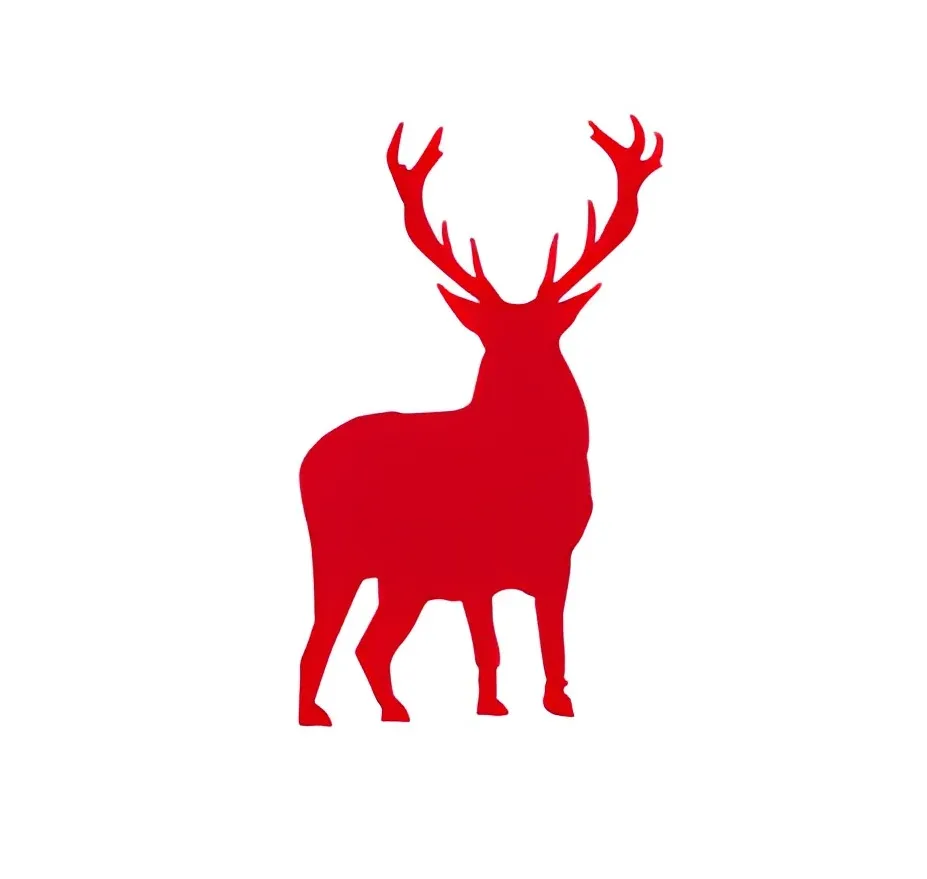
So, you’re thinking about going on a moose hunting adventure in Canada? Great choice! However, if you’re new to this type of hunting, it might seem a bit overwhelming. Don’t worry; we’ve got your back. We’re here to make the planning process as simple and enjoyable as possible.
Understanding the Basics
Moose hunting in Canada can be an incredible experience, but it’s essential to be well-prepared. Here’s what you need to know:
Moose are Big and Powerful: Moose are large game animals, and they can be dangerous when provoked. Proper planning and preparation are essential to ensure a safe and successful hunt.

Research and Preparation
Before you dive into the details of your moose hunting trip, it’s crucial to do some research and preparation. Here are the key points to consider:
Moose Types in Canada:
Canada is home to three main types of moose. Understanding these variations will help you choose the right destination and equipment:
● Yukon: The Yukon moose is the largest and is found in northwestern British Columbia,
Alaska, and Yukon. They have impressive antlers that can span over six feet.
● Canadian: Canadian moose are common in colder climates throughout Canada, making
them a popular choice for hunters in the northern wilderness.
● Shiras: The Shiras moose is the smallest and is found in western regions of North
America. They are suitable for beginners due to their smaller and less aggressive nature.
Shot Placement:
Moose have a large and sturdy build, so shot placement is critical. Aim for vital areas like the heart and lungs for an ethical and efficient kill.
Appropriate Caliber:
Choose a caliber suitable for moose hunting. Here are some choices:
- .30-06 Springfield: This is a versatile and popular caliber for moose hunting. It provides good stopping power and has a wide range of available ammunition.
- .300 Winchester Magnum: Known for its flat trajectory and excellent energy, the .300 Win Mag is a powerful choice suitable for longer-range shots.
- .308 Winchester: While slightly less powerful than the .30-06, the .308 is still a suitable caliber for moose hunting, especially at moderate ranges.
Optics:
Good quality optics, including binoculars and a scope for your rifle, are crucial for spotting moose from a distance.
Logistics for a Successful Trip
Now that you’ve done your research, it’s time to start planning your moose hunting trip. Here are some essential logistics to consider:
1. Hunting License or Permit
Depending on your location and moose hunting territory, you may need a moose hunting tag or permit. Some outfitters, like Gunson Guiding Outfitting, offer moose hunting packages that include the necessary permits, saving you the hassle of waiting for one. You can check on How to Start Hunting: A 9 Step Guide for Beginners to learn a thing or two before going for your Canadian hunting trip.
2. Weather Preparedness
Moose hunts often take place in colder regions, so you’ll need to prepare for the cold.

This includes warm clothing, equipment like electric heaters, and extra gear in case of snowstorms. Scouting the area beforehand is also a good idea to ensure its suitable for your hunt.
3. Wildlife Knowledge and Ethics
Learn about moose behavior, tracks, and calls to improve your hunting efficiency. Always respect ethical hunting practices, follow Canadian laws, and show respect to landowners and fellow hunters. Leave the environment as you found it, without cutting down trees or shrubs for a fire.
4. Accommodation and Transportation
Some outfitters provide accommodation and transportation to remote camps like Gunson Guiding Outfitting while others don’t. What’s special about their outfitting is that they offer options like float planes to rustic cabins, tents, and small docking stations for canoes like the images you can see below.

Additionally, they also provide horseback adventures to save time travelling on foot.

5. Necessary Equipment and Gear
Your gear and equipment will depend on the weather and the type of moose hunt. Here’s a
checklist:
● Firearms with high-quality ammunition
● Binoculars for scouting moose
● Hunting knife
● GPS device or map
● Satellite communication device for emergencies
● Basic first aid kit
● Sturdy backpack
● Hunting watches for navigation
6. Professional Guides and Outfitters

You can choose between guided and self-guided moose hunts. Guided hunts with an outfitter like Gunson Guiding Outfitting offer the expertise of professionals who know the hunting terrain, moose behavior, and the Canadian wilderness. Self-guided hunts provide more freedom but can be risky without experience.
7. Safety Measures and First Aid
No matter your experience level, safety is crucial. Ensure you have basic first aid training and familiarize yourself with navigation tools and communication devices. These include GPS, two-way radios, satellite phones, and cold weather hunting boots for places like British Columbia.
8. Budget Your Moose Hunting Trip
Managing your finances is essential for a smooth and enjoyable moose hunting trip. Consider expenses like accommodation, travel insurance, and firearm fees for non-residents. Those living in Canada may have reduced travel costs but should still budget for additional gear and permits.
In conclusion
Hunting moose in Canada can be challenging, especially if you’re new to the game. Planning your trip with an expert outfitter like Gunson Guiding & Outfitting will save you time and money, ensuring a high-quality experience and memorable hunting photos.
Research your moose and hunting area, plan logistics in advance, and enjoy Canada’s best moose hunting trip. Ready for your next adventure? Get started with your moose hunting trip by contacting Gunson Guiding & Outfitting services at INFO@GGOUTFITTING.COM today – they’ll provide you with all the necessary information you need for your first or next trip to hunt moose in Canada.
